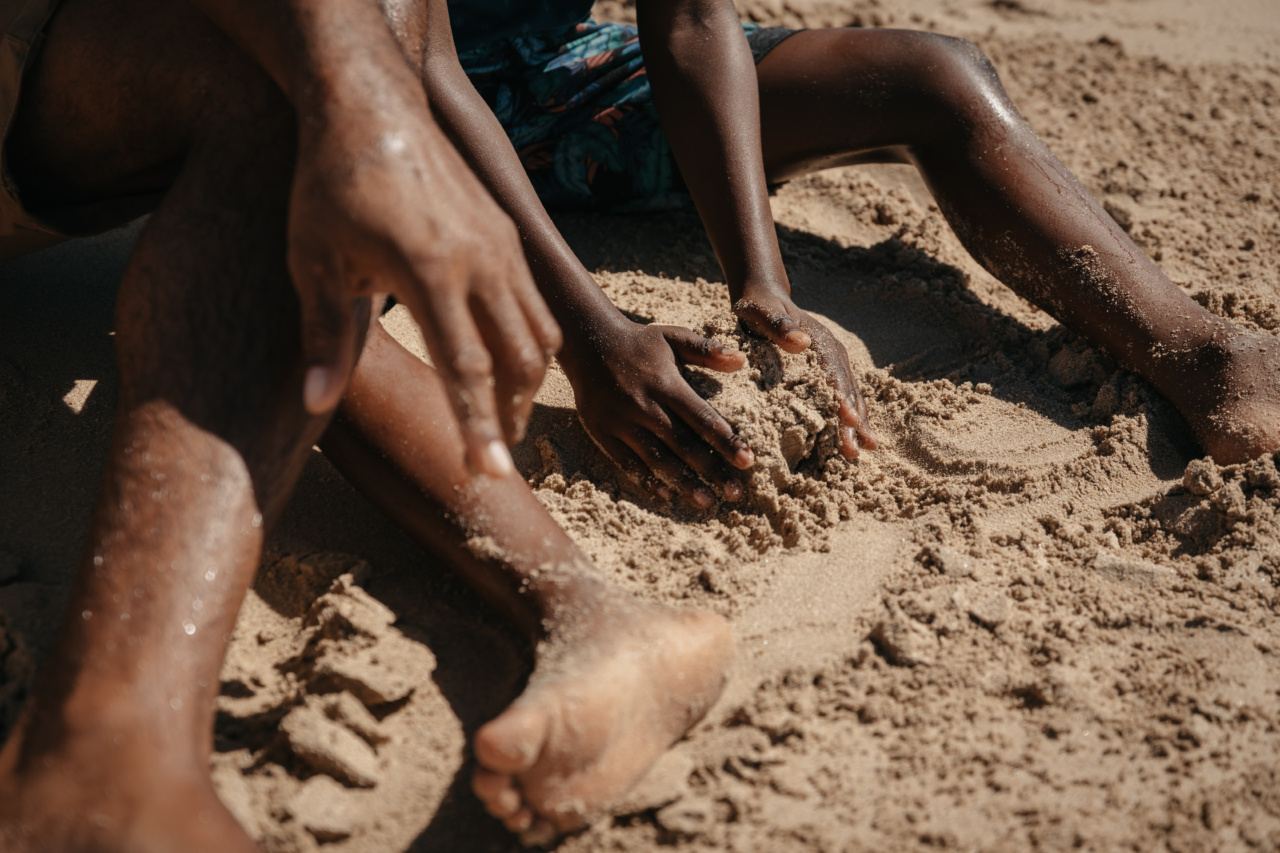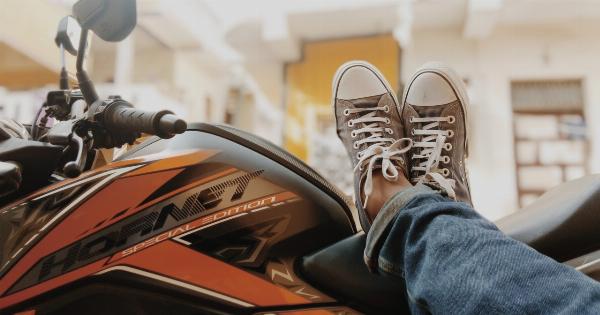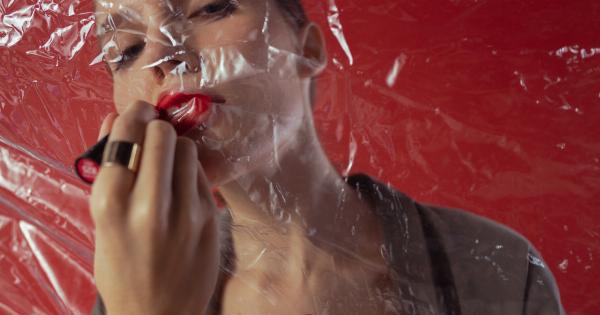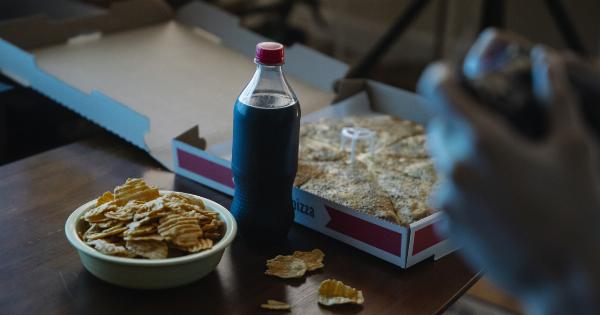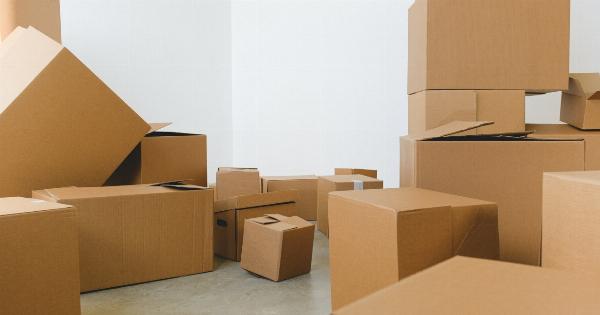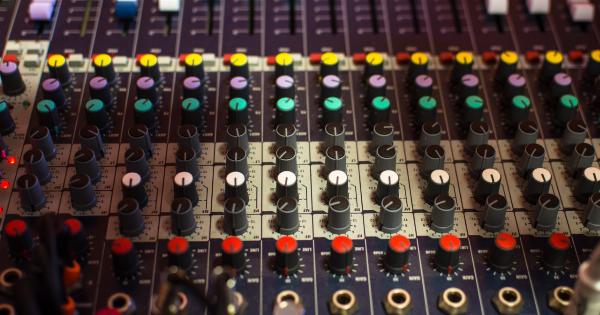Blisters are a common occurrence when you spend a lot of time on your feet. They are caused by rubbing or friction, and can be quite painful. While some people recommend popping blisters for relief, others advise against it.
Here are the pros and cons of popping blisters on the legs.
Pros
1. Instant Relief.
Popping a blister can provide instant relief from the pain and discomfort it causes. When you pop a blister, the pressure is released, and the fluid inside is drained. This reduces the pressure on the surrounding area and relieves the pain.
2. Faster Healing.
Popping a blister can also help with the healing process. When you pop a blister, you remove the top layer of skin, which can be a breeding ground for bacteria. This reduces the risk of infection and allows the underlying skin to heal faster.
3. Better Chance of Avoiding Scarring.
If you leave a blister to heal on its own, it can turn into a scab, which may leave a scar. On the other hand, if you pop a blister and keep the area clean, you are less likely to end up with a scar.
Cons
1. Risk of Infection.
One of the biggest risks of popping a blister is the chance of infection. When you pop a blister, you expose the underlying skin to bacteria, which can lead to an infection.
If the area becomes swollen, red, and warm to the touch, seek medical attention immediately.
2. Delayed Healing.
Popping a blister can sometimes delay the healing process. When you pop a blister, you create an open wound, which takes longer to heal than a closed blister. You also increase the risk of scabbing, which can further delay the healing process.
3. Painful Process.
Popping a blister can be a painful process. The skin around the blister is often already tender, and popping the blister can cause even more pain. If you have a low pain tolerance, it may be better to leave the blister to heal on its own.
How to Pop a Blister Safely
If you do decide to pop a blister, it is important to do so safely to minimize the risk of infection. Here are the steps to follow:.
1. Clean the Area.
Before you pop the blister, clean the area with soap and water or an antiseptic solution. This reduces the risk of introducing bacteria into the wound.
2. Sterilize a Needle.
Sterilize a needle by holding it over a flame or dipping it in rubbing alcohol. This reduces the risk of introducing bacteria into the blister.
3. Pierce the Blister.
Pierce the blister with the sterilized needle at the edge of the blister. Do not remove the skin covering the blister, as this can increase the risk of infection.
4. Drain the Fluid.
Press down on the blister to drain the fluid. Use a clean cloth or gauze to absorb the fluid as it drains.
5. Apply an Antibiotic Ointment.
Apply an antibiotic ointment to the area and cover it with a sterile bandage or gauze.
Conclusion
There are pros and cons to popping blisters on the legs. While popping a blister can provide instant relief and help with the healing process, it also increases the risk of infection and can delay healing.
If you do decide to pop a blister, it is important to do so safely to minimize the risk of infection.
